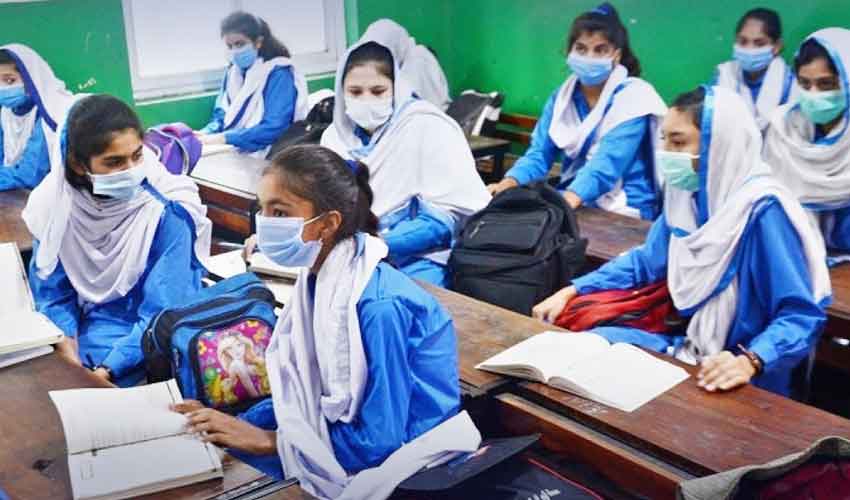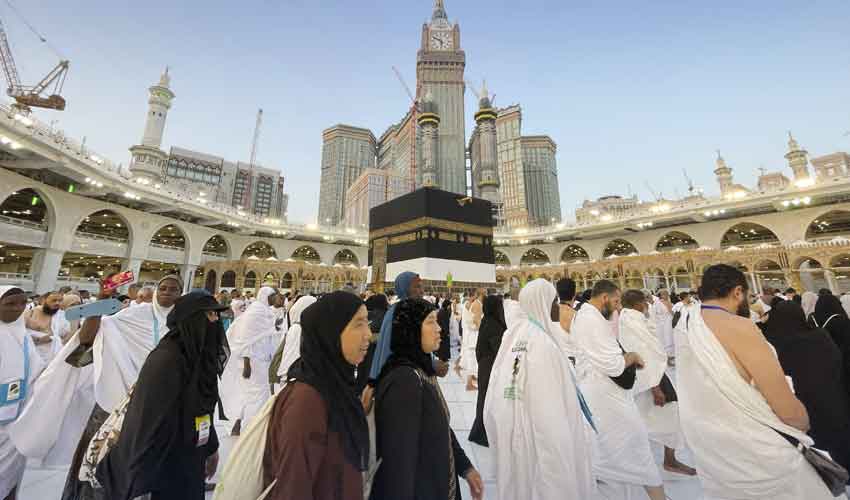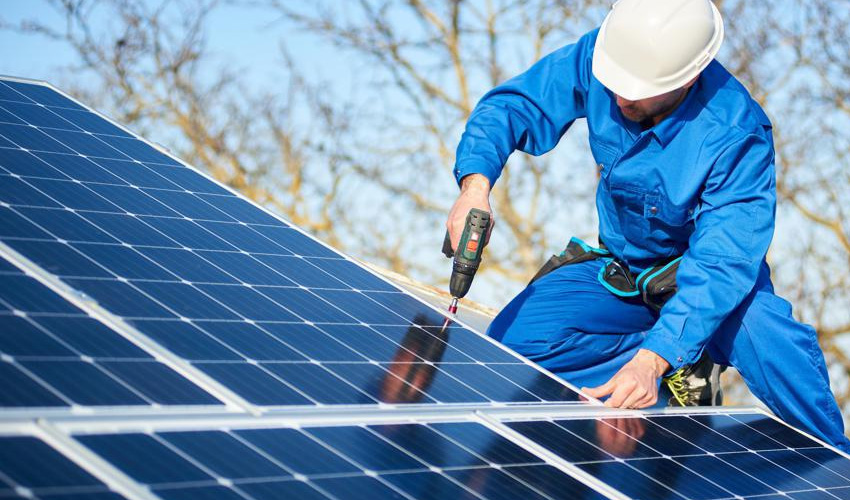Pakistan has unveiled the comprehensive findings from its seventh and inaugural digital population census. According to the results, Pakistan is now the world's fifth most populous country, housing 241.49 million people.
Population Growth Rate
- The annual population growth rate in Pakistan stands at 2.55%, marking it as one of the fastest-growing nations in the region and catapulting it into the top 30 countries globally in terms of population growth.
- Only 27 countries worldwide are experiencing a higher population growth rate than Pakistan.
- If current trends persist, Pakistan's population is projected to double by 2050.
Youth Demographic Profile
- 79% of Pakistan's population is under the age of 40, positioning Pakistan as the largest country by youth population globally.
- In global population rankings, Pakistan currently holds the 191st position.
Regional Population Growth Rates
- Balochistan has the highest annual population growth rate at 3.2%.
- Sindh follows closely with a growth rate of 2.57%
- Punjab registers a growth rate of 2.53% in population.
- Khyber Pakhtunkhwa's population growth rate stands at 2.38%.
Division by Religion
- 35% of Pakistan's population is Muslim.
- The minority population in Pakistan consists of 8.7 million people, the rate is 3.65%.
- 44% of minority population Hindus and 37.63% are Christians.
Literacy Rates
- Over 104.1 million people aged 10 years and older are reported to be literate.
- Islamabad leads the country with an impressive literacy rate of 84%.
- Punjab secures the second position with a 66% literacy rate.
- Sindh follows closely with a 58% literacy rate.
- Balochistan, while showing progress, records a 51% literacy rate.
Energy Sources for Cooking and Lighting
- The report highlights that 52.72% of Pakistan's population relies on wood for cooking.
- Over 42% use gas, while others utilize kerosene, electricity, biogas, and dung.
- For lighting, 84% of the population uses electricity.
- Solar panels are used by just 7.74%, and 1.23% use kerosene.
- The remaining population relies on gas lamps, generators, and other sources.



























